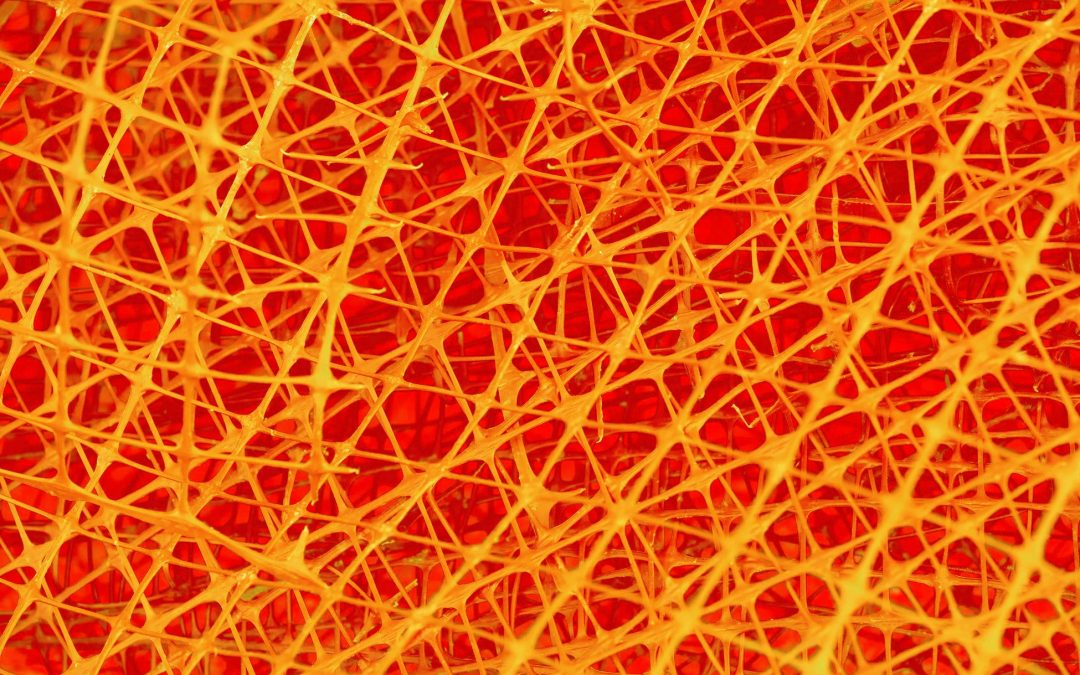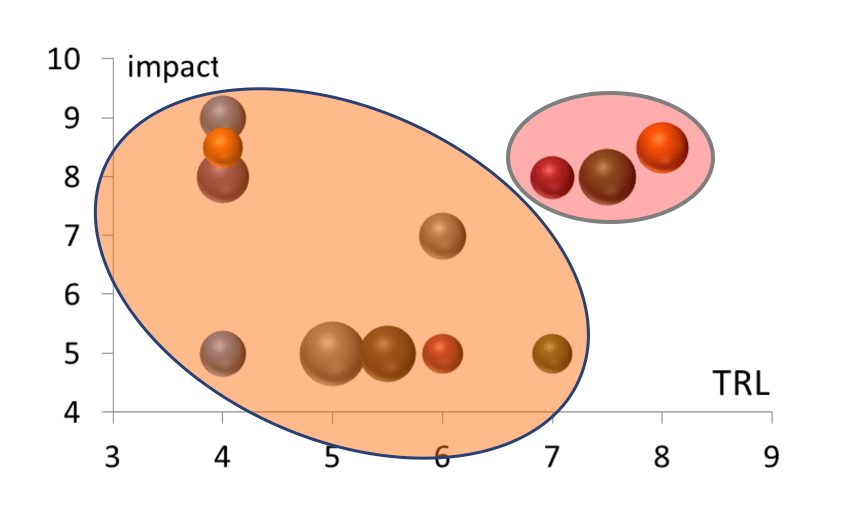Defense R&I needs to know where it stands on new advanced materials
In order to keep pace with the high volume of more or less accessible knowledge on new advanced functional materials, Defense R&I needs to:
- Clarify what it knows and what it doesn’t know
- Rank new materials in terms of impact on defense applications, as well as in terms of technological maturity.
Internal R&I expertise on new advanced functional materials can be mapped
Source: Presans
There are eleven interesting new functional material concepts that directly concern defense applications:
- Transparent ceramics
- Graphene
- Drag reduction
- Self-healing materials
- Electromagnetic metamaterials
- Conductive polymer composites
- Signature materials
- Functionally graded materials
- Thermostructural materials
- High entropy metallic alloys
- Heat flux channels
The first step for R&I is to determine where it stands internally on these new developments.
New functional materials can be reorganized, integrated and ranked
- The topics can be reorganized on the basis of a better understanding.
- Each topic can be integrated into the knowledge base.
- Each material can be ranked in terms of maturity (TRL) and impact.
Source: Presans
Should new functional material concepts be on your Defense R&I agenda?
Presans can help industrial innovators in the Defense sector find out more about new functional material concepts.




